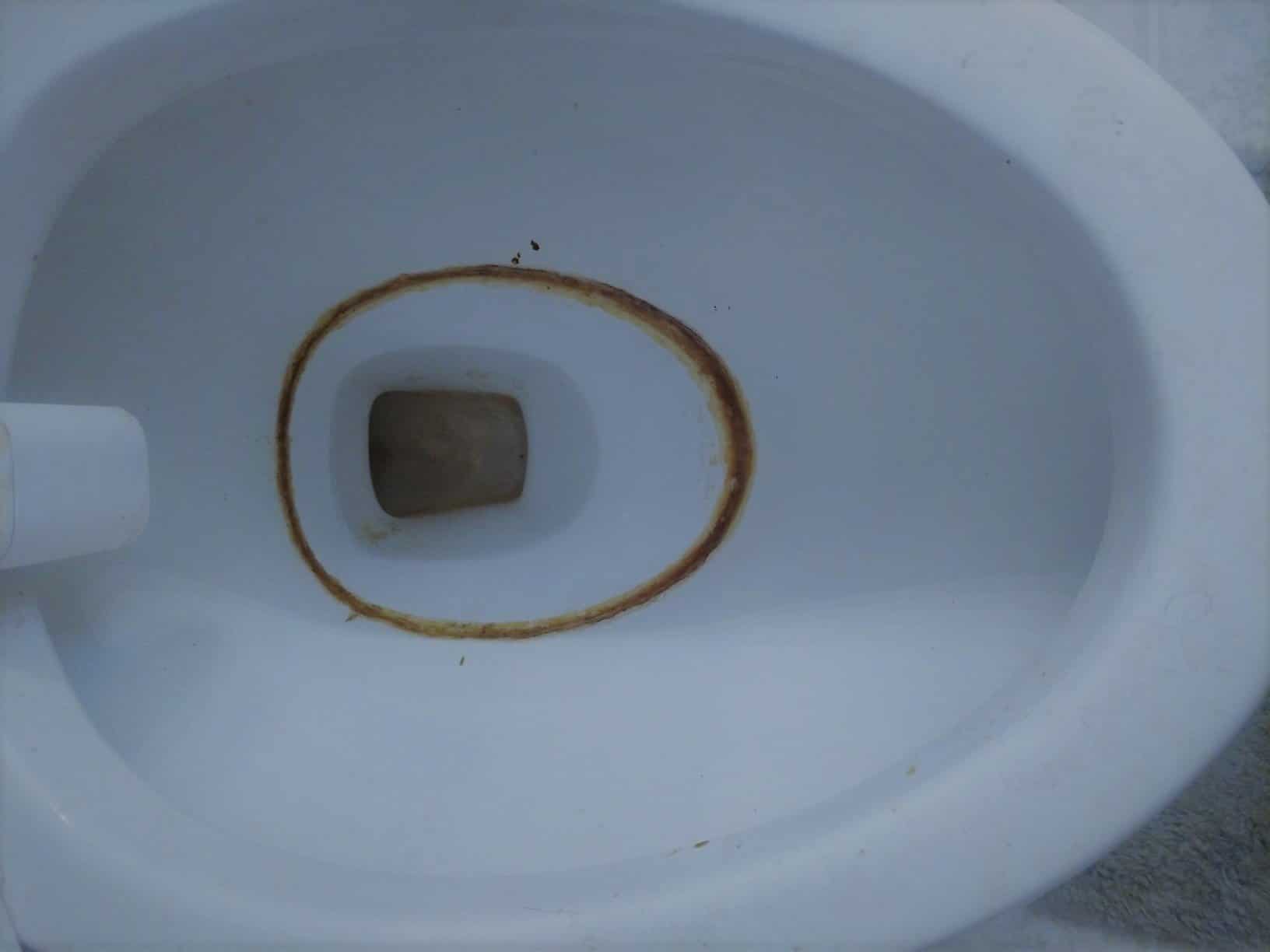

Articles
What Causes Black Ring In Toilet Bowl
Modified: May 6, 2024
Discover the common causes of black rings in toilet bowls in this informative article. Explore practical solutions to prevent and eliminate this unappealing issue.
(Many of the links in this article redirect to a specific reviewed product. Your purchase of these products through affiliate links helps to generate commission for Storables.com, at no extra cost. Learn more)
Introduction
Welcome to the world of toilets, where cleanliness and hygiene matter the most. If you’ve ever noticed a mysterious black ring in your toilet bowl, you’re not alone. Many homeowners have encountered this frustrating and unsightly problem. But fear not, because in this article, we’re going to delve into the causes of a black ring in a toilet bowl and explore effective ways to remove and prevent it.
The appearance of a black ring in your toilet bowl may leave you puzzled, even a little grossed out. You may wonder what exactly is causing it and how to get rid of it. Understanding the underlying causes will provide you with the knowledge to tackle the problem head-on and keep your toilet sparkling clean.
So, let’s dive into the world of black rings in toilet bowls and uncover the common culprits behind this unpleasant phenomenon.
Key Takeaways:
- Say goodbye to black rings in your toilet bowl by understanding the causes and implementing preventive measures. Regular cleaning, using natural cleaning solutions, and installing a water softener can keep your toilet pristine and free from unsightly stains.
- Remove black rings from your toilet bowl using effective methods such as vinegar and baking soda, chlorine bleach, or commercial cleaners. Prevent their recurrence by establishing a regular cleaning routine and ensuring proper ventilation in your bathroom.
Read more: What Causes Toilet Bowl Ring
Understanding the Black Ring in Toilet Bowl
The black ring in your toilet bowl is typically a result of several factors, including hard water stains, mold and mildew growth, iron and mineral deposits, and bacterial growth. These factors can individually or collectively contribute to the formation of a black ring, which can be difficult to remove if left untreated.
Hard water stains are one of the primary causes of the black ring in your toilet bowl. When water with a high mineral content, such as calcium and magnesium, evaporates from the bowl, it leaves behind mineral deposits. Over time, these deposits can accumulate and form a black ring.
Mold and mildew growth can also contribute to the unsightly black ring in your toilet bowl. Bathrooms, with their warm and humid environments, provide the perfect breeding ground for these fungi. If left unchecked, mold and mildew can spread and leave a black residue on the toilet bowl.
Iron and mineral deposits are another common cause of black rings. If your water supply contains high levels of iron or other minerals, these deposits can accumulate in your toilet bowl. Over time, they can oxidize and turn black, resulting in the formation of a stubborn ring.
Bacterial growth is yet another factor that can contribute to a black ring in your toilet bowl. Bacteria thrive in moist environments, and the inside of your toilet bowl provides the perfect conditions for their growth. The bacteria feed on organic matter, such as human waste and residue, and can leave behind a black biofilm.
Understanding these underlying causes of black rings in toilet bowls is essential to effectively removing and preventing them. In the following sections, we will explore various methods and techniques to tackle the black ring problem and keep your toilet bowl clean and pristine.
Common Causes of Black Rings
Black rings in toilet bowls can have several common causes. Let’s take a closer look at each one:
- Hard Water Stains: If you have hard water, which contains an excess of minerals like calcium and magnesium, you may notice the formation of black rings in your toilet bowl. As the water evaporates, mineral deposits are left behind, creating those unsightly marks.
- Mold and Mildew Growth: Bathrooms are prone to moisture, which creates an ideal environment for mold and mildew to thrive. These fungi can grow on the surface of your toilet bowl and form black rings over time.
- Iron and Mineral Deposits: If your water supply has high levels of iron or other minerals, it can lead to the formation of black rings. These deposits can oxidize and create stubborn stains that are difficult to remove.
- Bacterial Growth: Bacteria thrive in moist environments, and the inside of your toilet bowl provides the perfect breeding ground for them. Bacterial growth can result in the formation of black biofilm on the bowl’s surface, leading to the appearance of black rings.
It’s important to note that these causes are not mutually exclusive. In many cases, multiple factors can contribute to the formation of black rings in toilet bowls.
Now that we have a better understanding of the common causes, let’s explore effective methods to remove those unsightly black rings from your toilet bowl.
Hard Water Stains
Hard water stains are a common culprit when it comes to the formation of black rings in toilet bowls. These stains occur when minerals, such as calcium and magnesium, present in the water evaporate and leave behind deposits on the surface of the bowl.
To tackle hard water stains and remove black rings caused by them, you can try the following methods:
- Vinegar and Baking Soda: Mix equal parts of white vinegar and baking soda to create a paste. Apply the paste to the black ring and let it sit for a few minutes. Scrub the area gently with a toilet brush, focusing on the stained parts. Rinse thoroughly with water. The acidic nature of vinegar helps dissolve mineral deposits, while baking soda acts as a gentle abrasive to remove stubborn stains.
- Lemon Juice: Squeeze fresh lemon juice onto the black ring and let it sit for a while. The acidity of lemon juice helps break down the mineral deposits. Scrub the area gently with a toilet brush and rinse thoroughly.
- Commercial Limescale Removers: There are various commercial limescale removers available in the market that are specifically designed to tackle hard water stains. Follow the instructions on the product packaging for best results. These cleaners typically contain chemicals that dissolve mineral deposits and make it easier to remove the black rings.
Once you’ve successfully removed the hard water stains and the black ring, it’s important to take preventive measures to avoid their recurrence.
- Regular Cleaning and Maintenance: Regularly clean your toilet bowl using a mild toilet cleaner or a mixture of vinegar and water. Scrub the bowl thoroughly, paying attention to areas prone to black ring formation. This will help prevent mineral buildup and keep your toilet bowl looking clean and fresh.
- Installing a Water Softener: Consider installing a water softener if you have hard water. Water softeners remove minerals from the water and can significantly reduce the likelihood of hard water stains and black ring formation. Consult a professional plumber for guidance on the best water softener for your home.
By tackling hard water stains and implementing preventive measures, you can keep your toilet bowl free from black rings and maintain a clean and hygienic bathroom environment.
Mold and Mildew Growth
Mold and mildew thrive in damp and humid environments, making bathroom spaces the perfect breeding ground for their growth. If left unchecked, they can contribute to the formation of black rings in toilet bowls. Here are some effective methods to remove mold and mildew and prevent black rings:
- Bleach Solution: Create a mixture of one part bleach to ten parts water. Apply the solution to the affected areas, including the black ring. Let it sit for about 10-15 minutes, then scrub the area gently with a toilet brush. Rinse thoroughly with water. The bleach helps kill the mold and mildew, while the scrubbing action removes the stains.
- Vinegar Solution: Vinegar is a natural and non-toxic cleaner that can effectively kill mold and mildew. Fill a spray bottle with undiluted white vinegar and spray it onto the affected areas. Let it sit for a few hours or overnight. Scrub the area gently with a toilet brush and rinse with water. Vinegar not only kills the mold and mildew but also helps remove any black stains they may have left behind.
- Commercial Mold and Mildew Cleaners: There are also commercial cleaners available specifically designed to remove mold and mildew. Follow the instructions on the product packaging for the best results. These cleaners often contain ingredients such as bleach or hydrogen peroxide, which effectively kill and remove mold and mildew.
To prevent mold and mildew growth and the formation of black rings in the future, implement the following preventive measures:
- Proper Ventilation: Ensure your bathroom has proper ventilation to reduce humidity levels. Use exhaust fans or open windows while showering or bathing to allow moisture to escape. Adequate airflow helps prevent the growth of mold and mildew.
- Regular Cleaning: Regularly clean your toilet bowl, including the areas prone to mold and mildew growth. Use a mild toilet cleaner or vinegar-water solution to keep the bowl clean and prevent the formation of black rings. Additionally, wipe down surfaces regularly to prevent moisture buildup.
- Keep the Toilet Dry: After cleaning, ensure the toilet bowl is dry. Excess moisture in the bowl can create a breeding ground for mold and mildew. Use a dry cloth or toilet paper to wipe any residual moisture.
By following these methods and preventive measures, you can effectively remove mold and mildew and prevent the formation of black rings in your toilet bowl, ensuring a clean and hygienic bathroom environment.
Read more: What Causes The Pink Ring In The Toilet Bowl
Iron and Mineral Deposits
The presence of iron and other minerals in your water supply can lead to the formation of black rings in toilet bowls. These deposits can accumulate over time and become stubborn stains that are difficult to remove. Here are methods to tackle iron and mineral deposits:
- Vinegar Soak: Fill a container with white vinegar and immerse a paper towel or cloth in it. Place the soaked paper towel or cloth on the black ring and let it sit for several hours or overnight. The acidity of the vinegar will help dissolve the mineral deposits. Afterward, scrub the area gently with a toilet brush and rinse thoroughly.
- Commercial Lime and Scale Removers: Look for commercial lime and scale removers that are specifically formulated to tackle stubborn stains caused by iron and mineral deposits. Follow the instructions on the product packaging for the best results. These cleaners often contain acids that dissolve the deposits and make it easier to remove the black rings.
- Pumice Stone: A pumice stone can be used to gently scrub away mineral deposits. Wet the stone and gently rub it against the black ring. Take care not to scrub too hard, as pumice stone can scratch the surface of the toilet bowl. Rinse thoroughly with water after use.
Preventing the formation of black rings caused by iron and mineral deposits can be challenging, but not impossible. These preventive measures can help:
- Water Softener: Consider installing a water softener if your water supply has high levels of minerals. Water softeners remove minerals from the water, preventing the buildup of deposits in your toilet bowl. Consult a professional plumber to determine the best water softener for your home.
- Regular Cleaning: Regularly clean your toilet bowl to prevent mineral buildup. Use a mild toilet cleaner or vinegar-water solution to remove any deposits before they harden and turn into stubborn stains.
- Flush Regularly: Flushing your toilet regularly helps prevent stagnant water, which can promote the formation of mineral deposits. Ensure proper flushing to keep the water flowing and prevent deposits from settling in the bowl.
By employing these methods and preventive measures, you can effectively tackle black rings caused by iron and mineral deposits and maintain a clean and stain-free toilet bowl.
Bacterial Growth
Bacterial growth is another common cause of black rings in toilet bowls. The warm, moist environment of the toilet bowl provides an ideal breeding ground for bacteria. These bacteria feed on organic matter and can leave behind a black biofilm, contributing to the formation of black rings. Here are ways to address bacterial growth:
- Disinfecting Cleaners: Use disinfecting cleaners specifically formulated to kill bacteria. Look for cleaners that contain ingredients like bleach or hydrogen peroxide. Apply the cleaner to the affected areas, including the black ring, and let it sit for a few minutes. Scrub the area gently with a toilet brush, paying close attention to the stained parts. Rinse thoroughly with water.
- Vinegar Solution: Vinegar possesses antimicrobial properties and can effectively kill bacteria. Mix equal parts of vinegar and water and apply the solution to the black ring. Let it sit for a while, then scrub the area gently with a toilet brush. Rinse thoroughly with water.
- Baking Soda Paste: Create a paste using baking soda and water, and apply it to the black ring. Baking soda acts as a natural disinfectant and can help eliminate bacteria. Let it sit for a few minutes, then scrub the area gently with a toilet brush. Rinse thoroughly with water.
To prevent bacterial growth and the formation of black rings, follow these preventive measures:
- Regular Cleaning: Regularly clean your toilet bowl to prevent the buildup of bacteria. Use a mild toilet cleaner or a mixture of vinegar and water to ensure thorough cleaning. Pay attention to hard-to-reach areas and crevices where bacteria can accumulate.
- Maintain a Dry Environment: Keep the toilet bowl and surrounding areas dry as much as possible. Wipe down the surfaces regularly to remove any moisture that can promote bacterial growth.
- Flush Properly: Ensure that the toilet is flushed properly after each use. Adequate flushing helps remove bacteria and organic matter from the bowl, preventing their buildup and the formation of black rings.
- Regular Disinfection: Periodically disinfect your toilet bowl by using a disinfecting cleaner or a mixture of bleach and water. This will help kill any lingering bacteria and maintain a hygienic environment.
By following these methods to address bacterial growth and implementing preventive measures, you can effectively eliminate black rings caused by bacteria and ensure a clean and sanitary toilet bowl.
How to Remove Black Rings from Toilet Bowl
Removing black rings from your toilet bowl can be a daunting task, but with the right methods and techniques, you can effectively tackle this unsightly problem. Here are three effective ways to remove black rings:
- Using Vinegar and Baking Soda: Create a mixture of equal parts white vinegar and baking soda to form a paste. Apply the paste to the black ring and let it sit for a few minutes. Then, scrub the area gently with a toilet brush, focusing on the stained parts. Rinse thoroughly with water. The acidic nature of vinegar helps dissolve mineral deposits and stains, while baking soda acts as a gentle abrasive to remove stubborn marks.
- Using Chlorine Bleach: Dilute chlorine bleach with water according to the package instructions. Apply the solution to the black ring and let it sit for several minutes. Be sure to use gloves and ventilate the area properly when working with bleach. Scrub the area gently with a toilet brush and rinse thoroughly with water. Chlorine bleach is effective in killing bacteria, removing stains, and disinfecting the toilet bowl.
- Using Commercial Toilet Bowl Cleaners: There are numerous commercial toilet bowl cleaners available in the market that are formulated to remove tough stains, including black rings. Follow the instructions on the product packaging for the best results. These cleaners often contain chemicals that dissolve mineral deposits, break down stains, and leave the toilet bowl sparkling clean.
When using any cleaning method, be sure to follow safety precautions, including wearing gloves and proper ventilation. It’s also important to read and follow the instructions provided with the cleaning products.
Once you have successfully removed the black ring, it’s crucial to take preventive measures to avoid their recurrence. Regular cleaning and maintenance of your toilet bowl will help keep it clean and prevent the buildup of stains and black rings.
Remember, prevention is better than cure. By maintaining a regular cleaning routine and implementing preventive measures, you can prevent black rings from forming, keeping your toilet bowl clean and fresh.
To prevent black rings in the toilet bowl, regularly clean and scrub the toilet with a toilet brush and use a toilet bowl cleaner with bleach or hydrogen peroxide to kill the bacteria causing the discoloration. Also, reduce the amount of standing water in the bowl by adjusting the water level in the tank.
Using Vinegar and Baking Soda
One effective method to remove black rings from your toilet bowl is by using vinegar and baking soda. This natural cleaning solution can help eliminate stains and mineral deposits. Here’s how to do it:
- Mix equal parts of white vinegar and baking soda to form a paste.
- Apply the paste directly to the black ring in your toilet bowl. Make sure to cover the entire stained area.
- Let the vinegar and baking soda mixture sit on the black ring for about 15-30 minutes. This will allow the paste to penetrate and break down the stains and mineral deposits.
- Use a toilet brush to scrub the affected area. Apply gentle pressure to loosen the stains and scrub in circular motions to ensure thorough cleaning.
- Once you have thoroughly scrubbed the area, flush your toilet to rinse away the paste and residue.
- Inspect the toilet bowl to see if the black ring has been removed. If necessary, you can repeat the process for stubborn stains.
Vinegar is a natural acid that helps dissolve mineral deposits and stains, while baking soda acts as a gentle abrasive to scrub away stubborn marks. This combination is effective in removing black rings from toilet bowls.
It’s important to note that vinegar has a strong odor. However, it dissipates quickly once rinsed away. If the smell is bothersome, you can ventilate the bathroom during and after cleaning.
Remember to always use caution when using vinegar and baking soda, as they can react with certain materials. Also, it’s advisable to wear gloves to protect your hands during the cleaning process.
Using vinegar and baking soda is an eco-friendly and cost-effective method to remove black rings from your toilet bowl. Incorporate this cleaning technique into your regular bathroom maintenance routine to keep your toilet clean and free from unsightly stains.
Read more: What Causes A Toilet Bowl To Crack
Using Chlorine Bleach
Another effective method to remove black rings from your toilet bowl is by using chlorine bleach. This powerful cleaning agent can effectively eliminate stains and disinfect your toilet. Here’s how to use chlorine bleach:
- Dilute chlorine bleach with water according to the package instructions. Make sure to follow the recommended ratios for safe and effective use.
- Wear gloves to protect your hands and ensure proper ventilation in the bathroom, as bleach can produce strong fumes.
- Pour the diluted chlorine bleach solution onto the black ring in your toilet bowl. Ensure that the solution covers the entire stained area.
- Allow the bleach to sit on the black ring for about 15-30 minutes. This will give the chlorine enough time to break down the stains and eliminate bacteria.
- Using a toilet brush, gently scrub the affected area. Apply moderate pressure and scrub in circular motions to ensure thorough cleaning.
- Flush the toilet to rinse away the bleach solution and any residue.
- Inspect the toilet bowl to see if the black ring has been removed. For stubborn stains, you may need to repeat the process or use a different cleaning method.
Chlorine bleach is a powerful disinfectant that can effectively kill bacteria and remove stubborn stains in the toilet bowl. However, it’s important to use bleach sparingly and following the recommended guidelines, as it can be harsh on some materials and may damage certain surfaces over time.
It’s also crucial to ensure proper ventilation during and after using bleach to avoid inhaling the fumes. Always store bleach in a secure location, out of reach of children and pets.
Using chlorine bleach can be an effective and convenient way to remove black rings from your toilet bowl. Incorporate this cleaning method into your regular bathroom cleaning routine, along with other preventive measures, to maintain a clean and hygienic toilet bowl.
Using Commercial Toilet Bowl Cleaners
If you’re looking for a convenient and effective solution to remove black rings from your toilet bowl, commercial toilet bowl cleaners can be a great option. These cleaners are specifically formulated to tackle tough stains and provide powerful cleaning action. Here’s how you can use them:
- Choose a commercial toilet bowl cleaner that is specifically designed to remove stains and black rings. Read the instructions on the product packaging carefully to ensure proper usage.
- Apply the cleaner directly to the black ring, making sure to cover the stained area completely. Follow the recommended amount and ensure the cleaner is in contact with the stains.
- Allow the cleaner to sit on the black ring for the specified amount of time mentioned on the package. This allows the cleaning agents to penetrate the stains and break them down.
- Using a toilet brush, scrub the affected area vigorously, ensuring that you cover the entire stained surface. Pay extra attention to stubborn stains and areas with heavy buildup.
- After scrubbing, flush the toilet to rinse away the cleaner and any residue. This will help remove the loosened stains and leave the bowl clean.
- Inspect the toilet bowl to see if the black ring has been successfully removed. If necessary, you can repeat the process or try a different cleaner for stubborn stains.
Commercial toilet bowl cleaners often contain chemicals that can effectively dissolve stains and remove black rings. These cleaners are designed to offer strong stain-removing capabilities, making your cleaning process more convenient and efficient.
Always follow the instructions provided by the manufacturer for the specific cleaner you choose. Take proper safety precautions, such as wearing gloves and ensuring proper ventilation, as some commercial cleaners can be strong and produce fumes.
Using commercial toilet bowl cleaners can be an effective and hassle-free way to remove black rings from your toilet bowl. Incorporate these cleaners into your regular cleaning routine to maintain a clean and sparkling toilet bowl.
Preventing Black Rings in the Toilet Bowl
Preventing black rings in the toilet bowl is essential for maintaining a clean and hygienic bathroom environment. By implementing these preventive measures, you can minimize the occurrence of black rings and keep your toilet bowl looking its best:
- Regular Cleaning and Maintenance: Establish a regular cleaning routine for your toilet bowl. Clean it at least once a week using a mild toilet cleaner or a mixture of vinegar and water. Focus on areas prone to black ring formation, including under the rim and along the waterline. Regular cleaning prevents the buildup of stains and prevents black rings from developing.
- Proper Flushing: Ensure that you properly flush the toilet after each use. A thorough flush helps remove waste and prevents the accumulation of organic matter that can contribute to black ring formation. Teach everyone in your household to flush properly, including holding down the flush handle long enough to ensure a complete flush.
- Avoiding Harsh Chemicals: Steer clear of using harsh chemicals in your toilet bowl cleaning routine. Harsh cleaners can damage the toilet bowl surface and potentially contribute to black ring formation. Opt for mild cleaners, natural solutions like vinegar and baking soda, or commercial cleaners specifically designed for toilet bowls.
- Wiping Down the Toilet Regularly: Get into the habit of wiping down the toilet bowl and exterior surfaces regularly. Use a clean cloth or disposable wipes to remove any dirt, splashes, or smudges. This prevents the accumulation of residue that can contribute to the formation of black rings over time.
- Avoiding Excessive Mineral Buildup: Depending on the mineral content of your water supply, you may need to address excessive mineral buildup. Consider installing a water softener or using water conditioner products to minimize mineral deposits. This can help reduce the likelihood of black rings forming in the toilet bowl.
- Proper Ventilation: Ensure proper ventilation in your bathroom to reduce humidity levels. Use an exhaust fan or open windows during and after showering or bathing to allow moisture to escape. Lowering the moisture level in the air helps prevent the growth of mold, mildew, and bacteria that can contribute to the formation of black rings.
By incorporating these preventive measures into your cleaning routine and bathroom habits, you can significantly reduce the occurrence of black rings in your toilet bowl. Consistent maintenance and regular cleaning are key to keeping your toilet bowl clean, hygienic, and free of unsightly stains.
Regular Cleaning and Maintenance
Regular cleaning and maintenance are crucial steps in preventing black rings in the toilet bowl. By establishing a consistent cleaning routine, you can keep your toilet bowl clean, fresh, and free from unsightly stains. Here’s how to effectively clean and maintain your toilet:
- Clean at least once a week: Set aside a specific day of the week for toilet cleaning. Use a mild toilet cleaner or create a homemade cleaning solution using vinegar and water. Focus on all areas of the toilet bowl, including under the rim, the waterline, and around the edges. Scrub the surface using a toilet brush, paying extra attention to areas prone to black ring formation.
- Use a toilet brush with sturdy bristles: Invest in a high-quality toilet brush with stiff bristles. This will ensure effective scrubbing and thorough cleaning of the toilet bowl. Replace the brush when it shows signs of wear or when the bristles become frayed.
- Rinse the toilet brush after use: After cleaning the toilet, rinse the brush thoroughly with clean water to remove any residue. Shake off excess water and store the brush in a designated holder that allows it to dry properly. This prevents the growth of bacteria and mold on the brush itself, which could potentially transfer to the toilet bowl during future cleanings.
- Don’t forget other toilet components: In addition to cleaning the bowl, regularly clean and disinfect other toilet components, such as the seat, lid, and handle. Wipe them down with a disinfectant cleaner or a mixture of vinegar and water to maintain overall cleanliness and hygiene.
- Inspect for leaks and fix them promptly: Regularly check for any signs of leaks in the toilet bowl or the water supply line. Leaks can contribute to moisture accumulation and promote the growth of mold and mildew, which can lead to black rings. If you discover a leak, address it promptly by tightening connections or seeking professional assistance.
Consistency is key when it comes to regular cleaning and maintenance. By incorporating these practices into your cleaning routine, you will create a clean and hygienic environment, reducing the likelihood of black rings in your toilet bowl.
Remember, prevention is easier than trying to remove stubborn stains. By staying proactive and making regular cleaning and maintenance a habit, you can keep your toilet bowl looking its best and prevent the formation of black rings.
Read more: What Causes Toilet Bowl Stains
Installing a Water Softener
If you frequently experience issues with hard water stains and mineral deposits in your toilet bowl, installing a water softener can be an effective solution. A water softener is a device that removes minerals, such as calcium and magnesium, from your water supply. Here’s how installing a water softener can help prevent black rings in your toilet bowl:
- Reduces mineral buildup: Hard water contains high levels of minerals, which can contribute to the formation of black rings in the toilet bowl. A water softener works by replacing calcium and magnesium ions with sodium or potassium ions, reducing the mineral content in the water. This, in turn, minimizes the buildup of minerals in your toilet bowl, preventing the formation of stubborn stains.
- Improves cleaning effectiveness: Softened water is gentler on surfaces and allows for more effective cleaning. When you use a water softener, the reduced mineral content helps cleaning agents work more efficiently, making it easier to remove any residue or stains in the toilet bowl. This can help prevent the accumulation of grime and black rings.
- Protects plumbing and appliances: The minerals present in hard water can accumulate in your plumbing system, causing blockages and reducing the efficiency of appliances like water heaters and washing machines. By installing a water softener, you can prevent mineral buildup in your entire plumbing system, including the toilet, ensuring optimal performance and longevity.
- Reduces limescale and rust: In addition to preventing black rings, a water softener can help reduce limescale and rust stains in your toilet bowl. The softened water is less likely to leave behind these unsightly marks, improving the overall appearance of your toilet.
- Improves the lifespan of fixtures and appliances: Hard water can have a negative impact on the lifespan of your toilet bowl and other plumbing fixtures. The continuous exposure to minerals can cause corrosion and deterioration over time. By installing a water softener, you can prolong the life of your toilet bowl and other bathroom fixtures, saving you money on repairs and replacements.
Installing a water softener is a long-term investment in your plumbing system and overall water quality. Consult a professional plumber to determine the best type and size of water softener for your specific needs. They can guide you through the installation process and ensure that the water softening system effectively addresses the mineral content in your water supply.
With a water softener in place, you can enjoy cleaner toilets, smoother operation of plumbing fixtures, and a significant reduction in the formation of black rings in your toilet bowl.
Conclusion
Maintaining a clean and hygienic toilet bowl is essential for a healthy and pleasant bathroom environment. The presence of black rings in the toilet bowl can be frustrating and unsightly. However, by understanding the common causes and implementing preventive measures, you can effectively remove and prevent black rings.
Hard water stains, mold and mildew growth, iron and mineral deposits, and bacterial growth are all common culprits for the formation of black rings. Using methods such as vinegar and baking soda, chlorine bleach, or commercial toilet bowl cleaners can help remove black rings, depending on your preference.
Preventing black rings requires regular cleaning and maintenance. Establish a cleaning routine and use mild cleaners or natural solutions like vinegar and water. Proper flushing, wiping down the toilet regularly, and ensuring proper ventilation in your bathroom are essential preventive measures.
Installing a water softener is a long-term solution for addressing hard water stains and mineral buildup. It reduces mineral content, improves cleaning effectiveness, and protects your plumbing fixtures and appliances.
In conclusion, by taking proactive steps to remove black rings and prevent their recurrence, you can maintain a clean and pristine toilet bowl. Regular cleaning, proper maintenance, and the use of preventive measures will ensure that your toilet remains fresh and free from unsightly black rings, creating a more pleasant and hygienic bathroom experience for you and your family.
After tackling that pesky black ring in your toilet, why stop there? Dive deeper into pristine cleanliness with our expert guide on bathroom upkeep. Learn foolproof methods for sparkling surfaces and a germ-free environment. Next, if stubborn marks still haunt your toilet bowl, discover effective strategies to get those out too. Keeping homes clean shouldn’t be a chore, but rather a straightforward series of steps that ensure everything shines.
Frequently Asked Questions about What Causes Black Ring In Toilet Bowl
Was this page helpful?
At Storables.com, we guarantee accurate and reliable information. Our content, validated by Expert Board Contributors, is crafted following stringent Editorial Policies. We're committed to providing you with well-researched, expert-backed insights for all your informational needs.
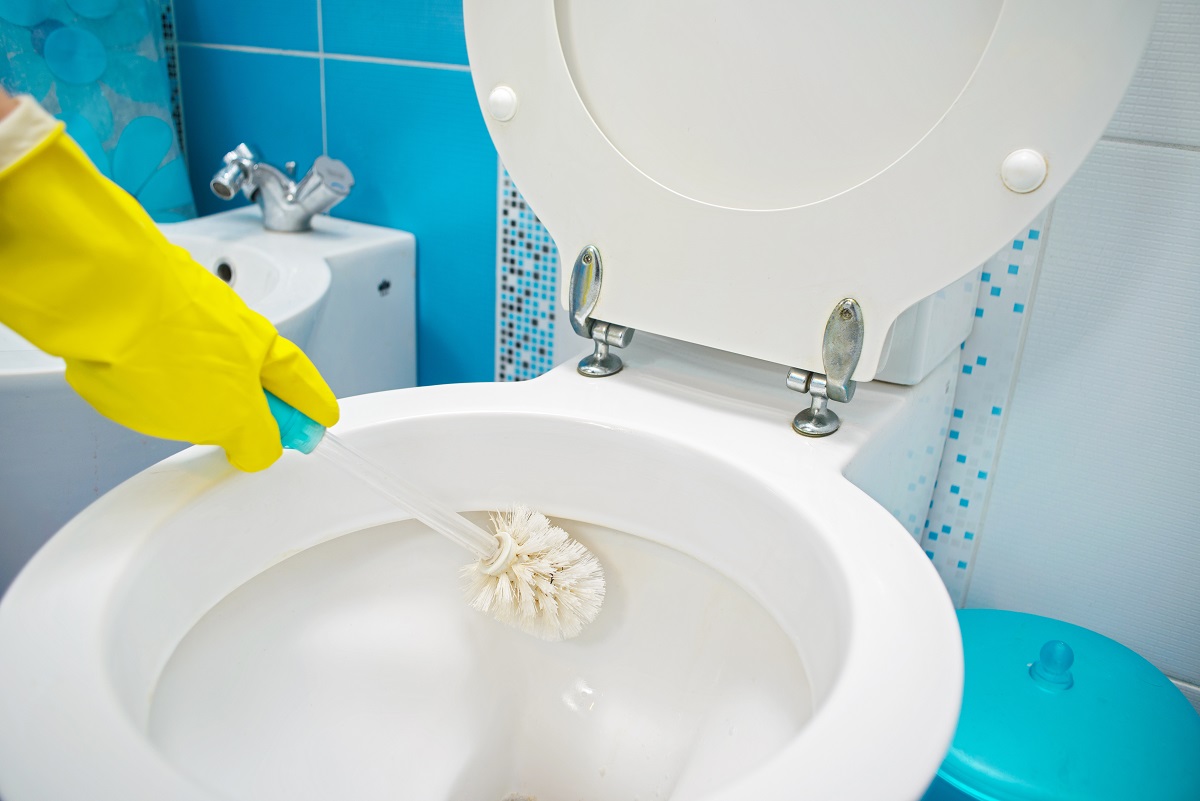
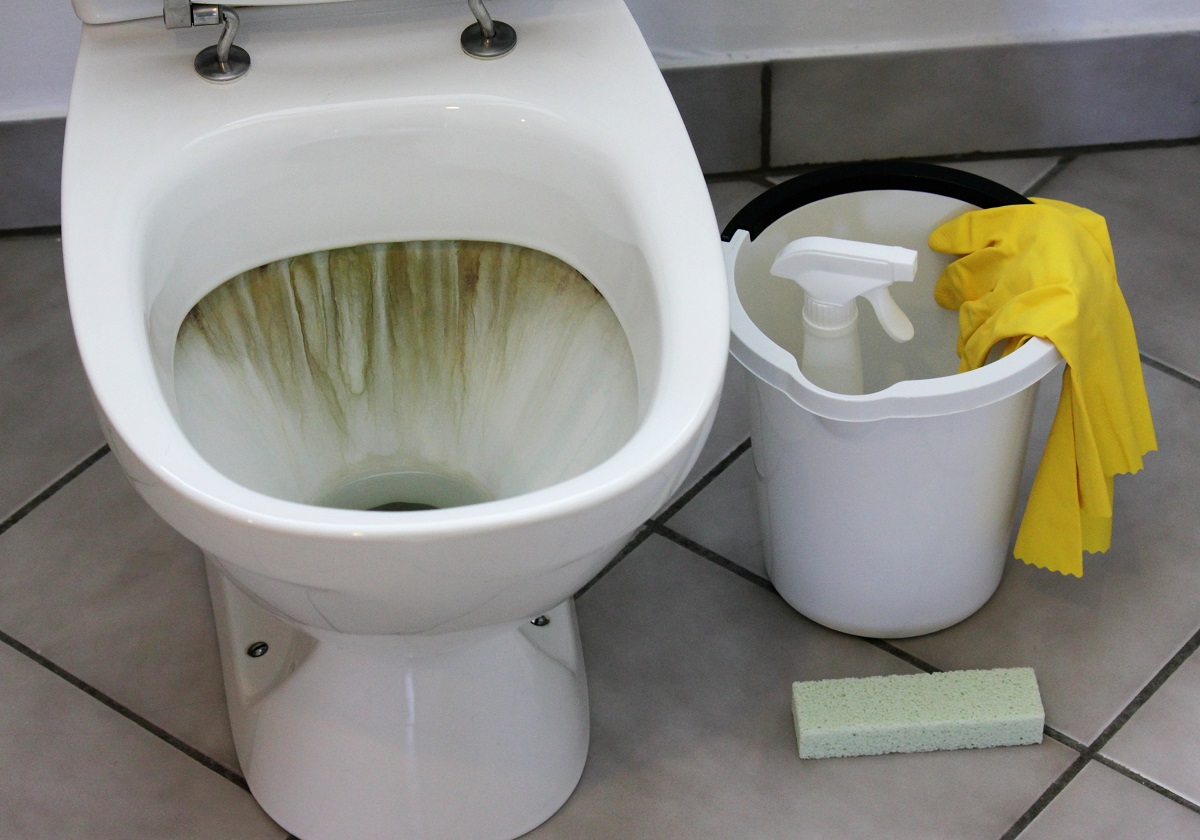
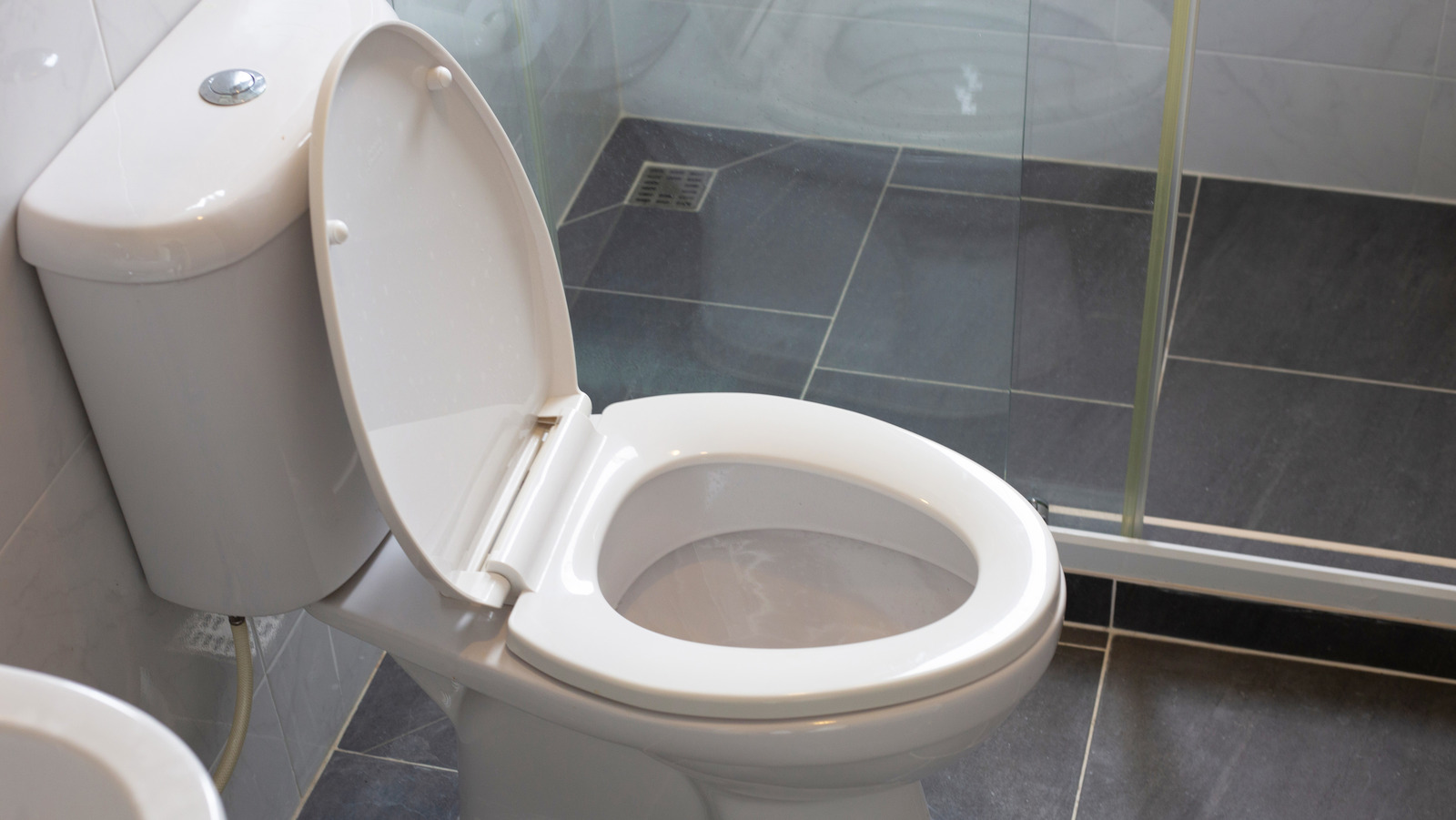
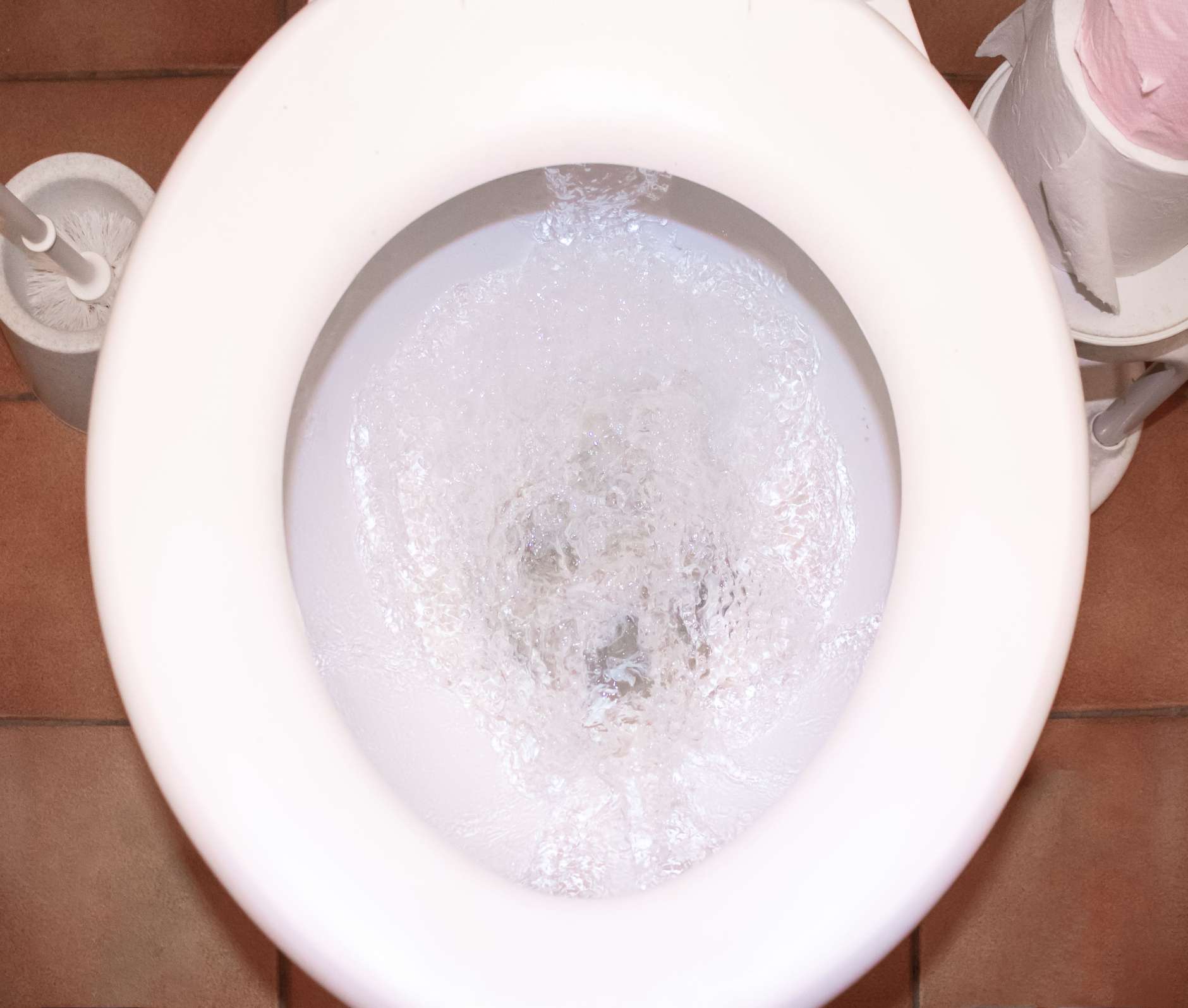
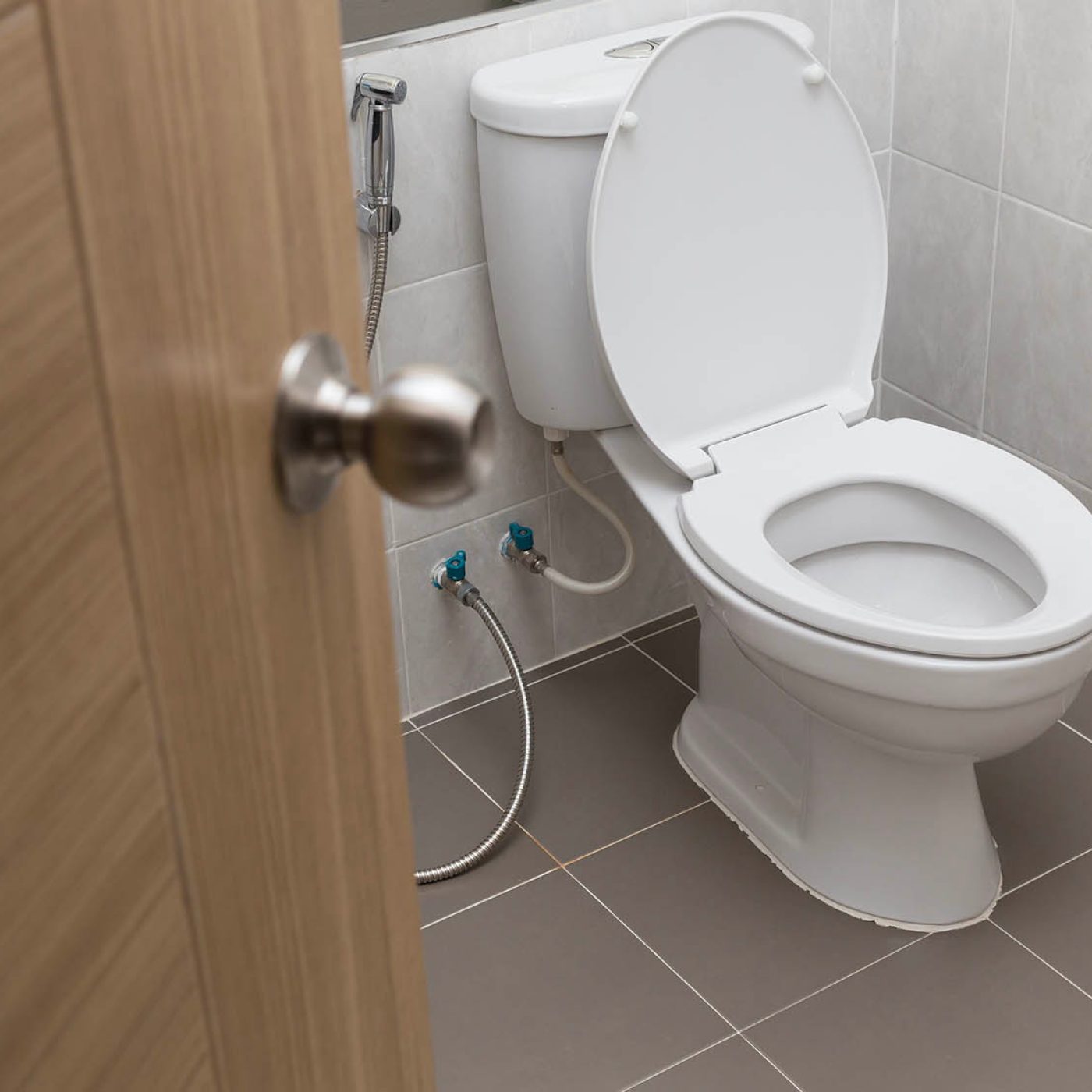
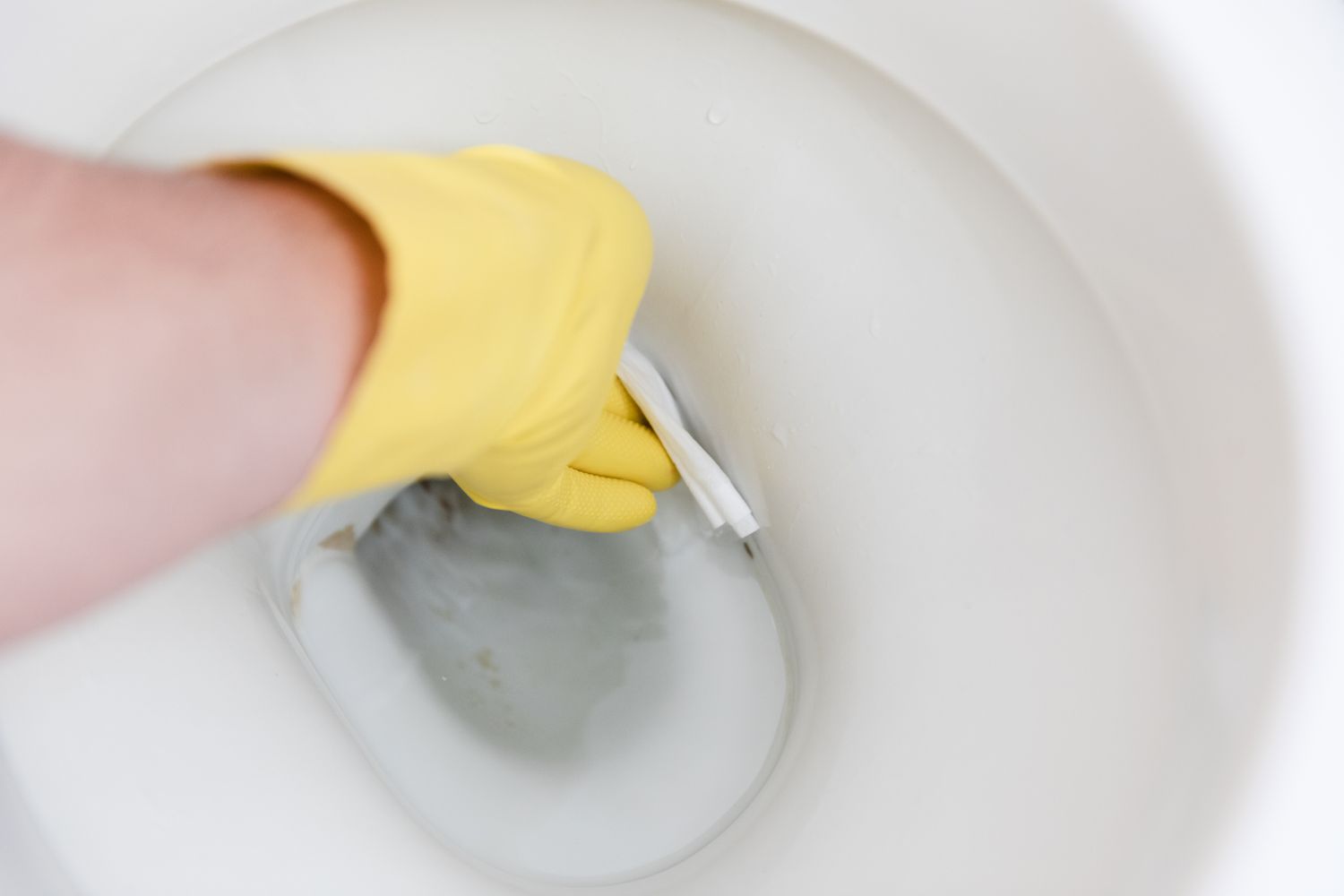
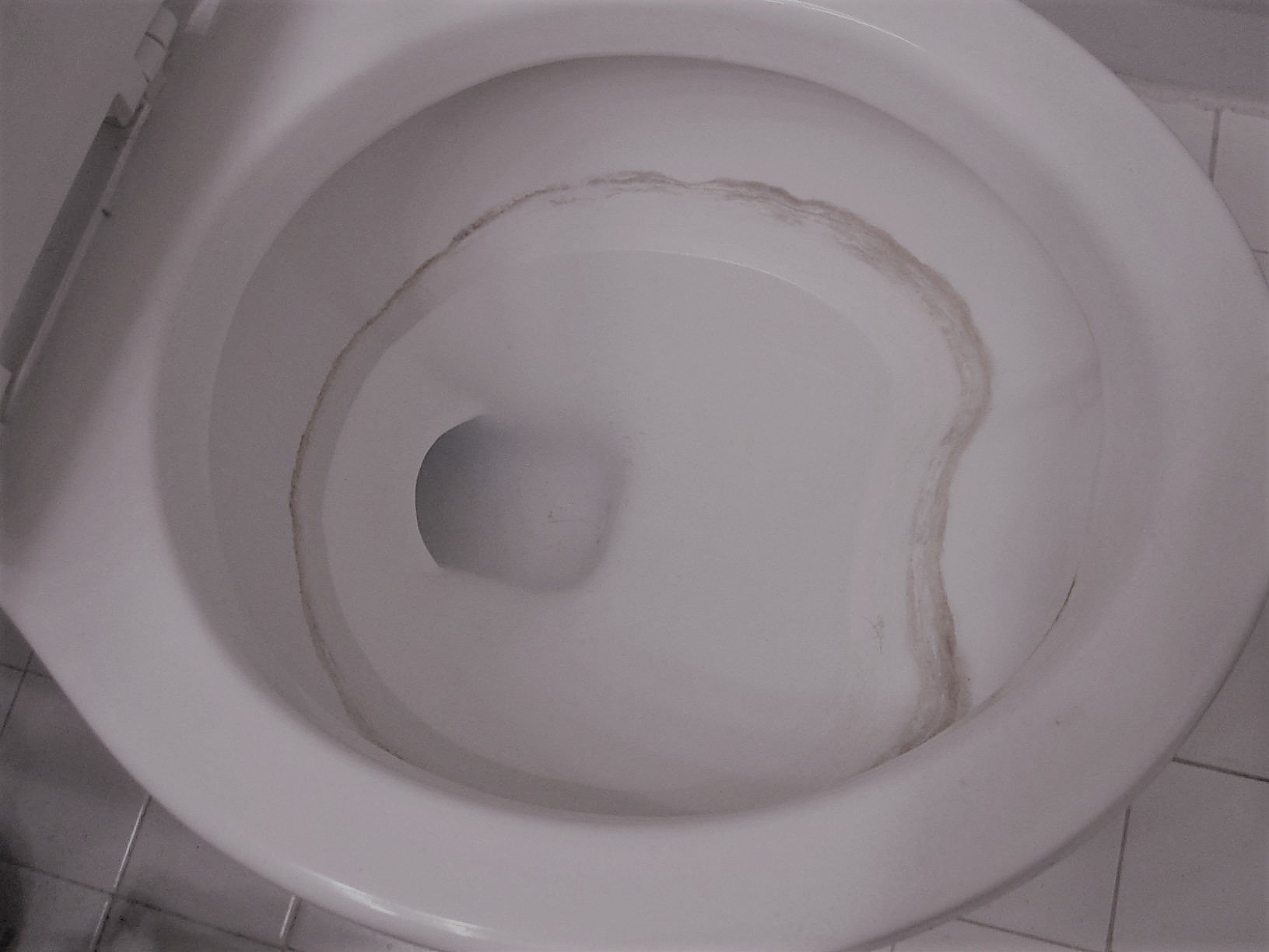
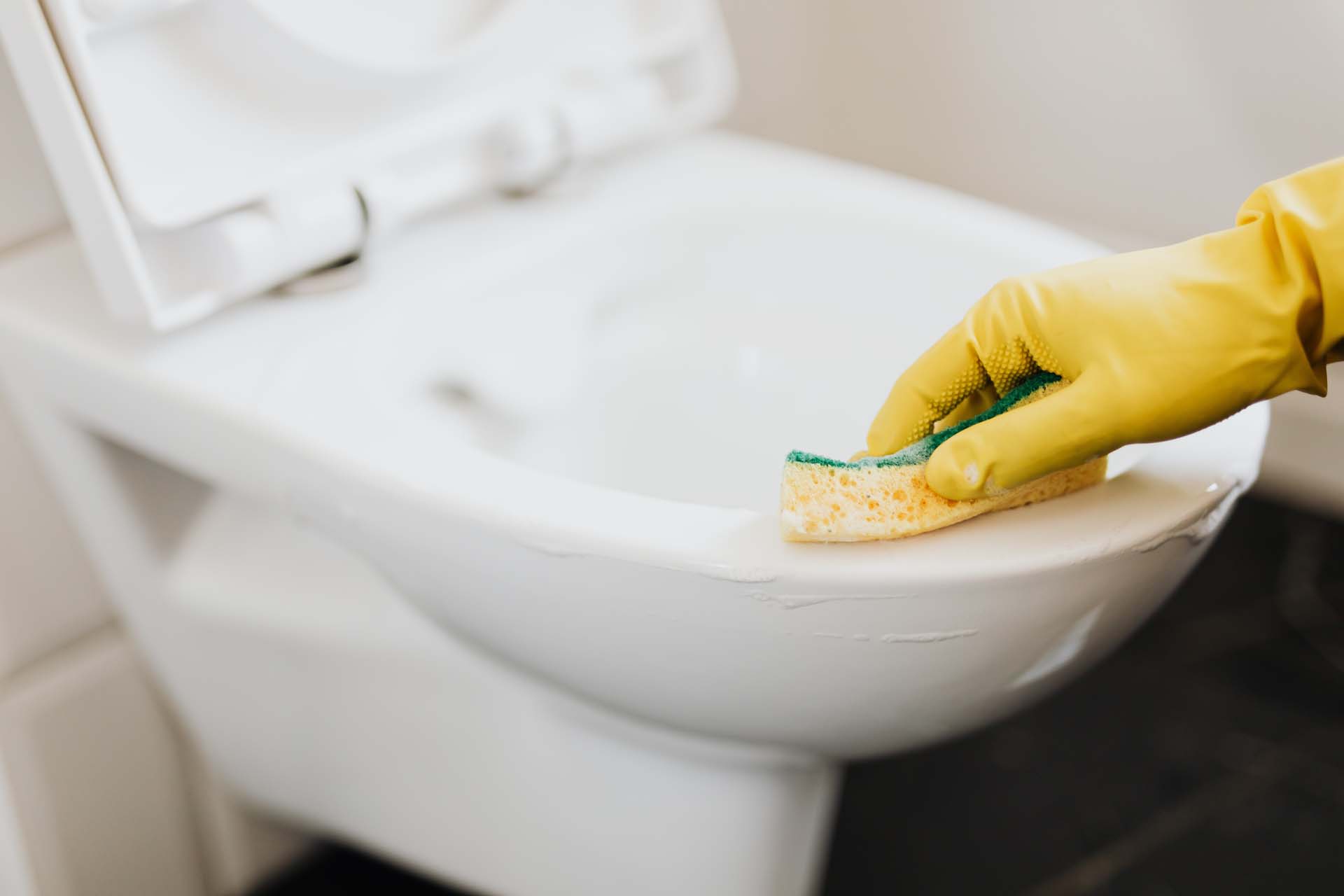
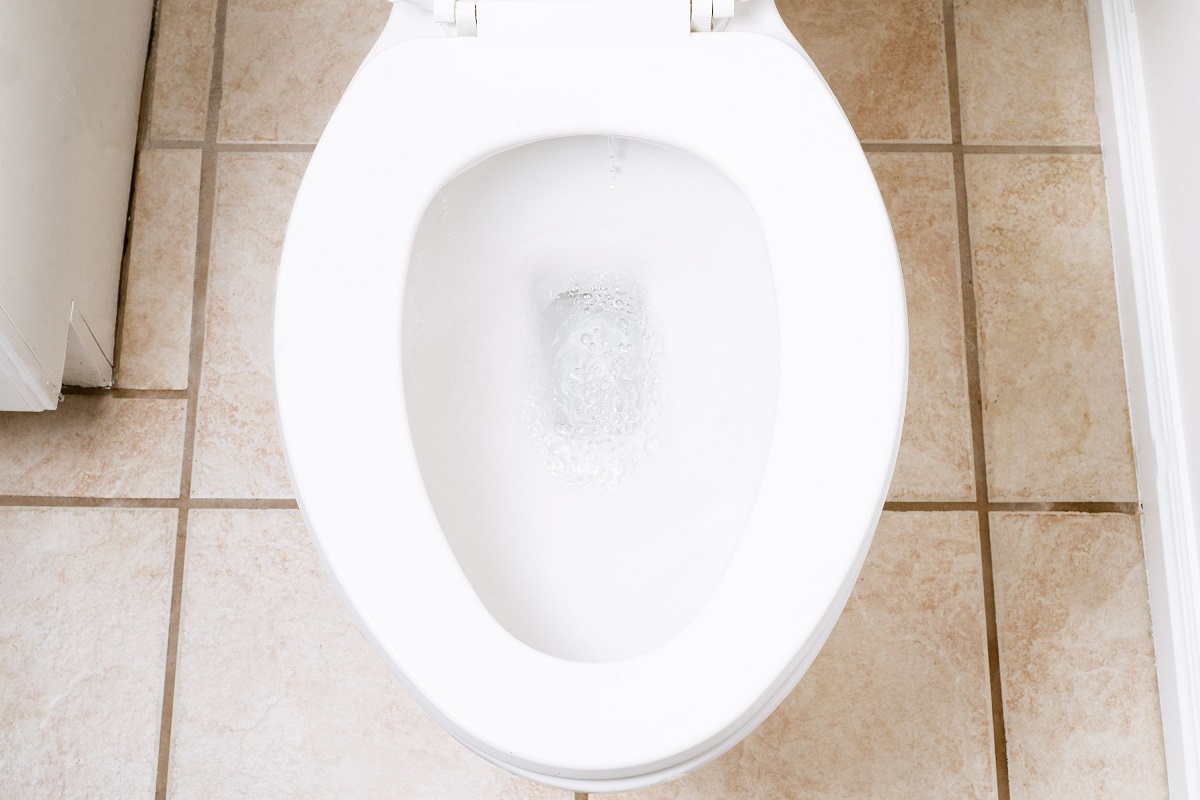
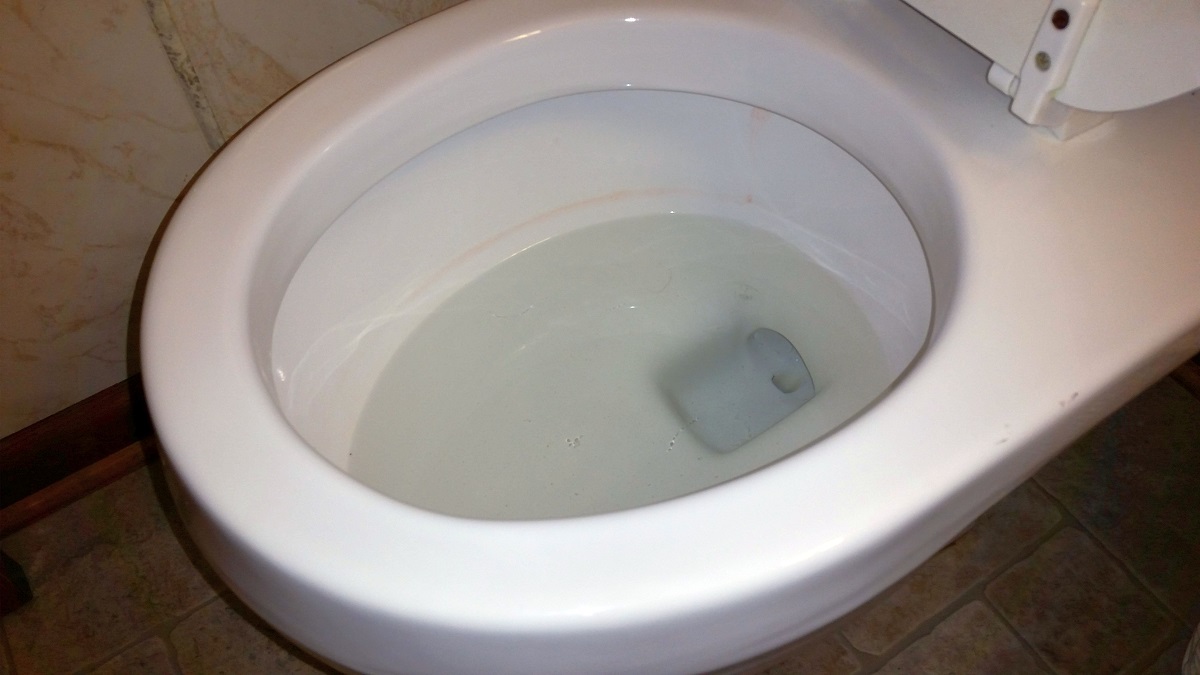
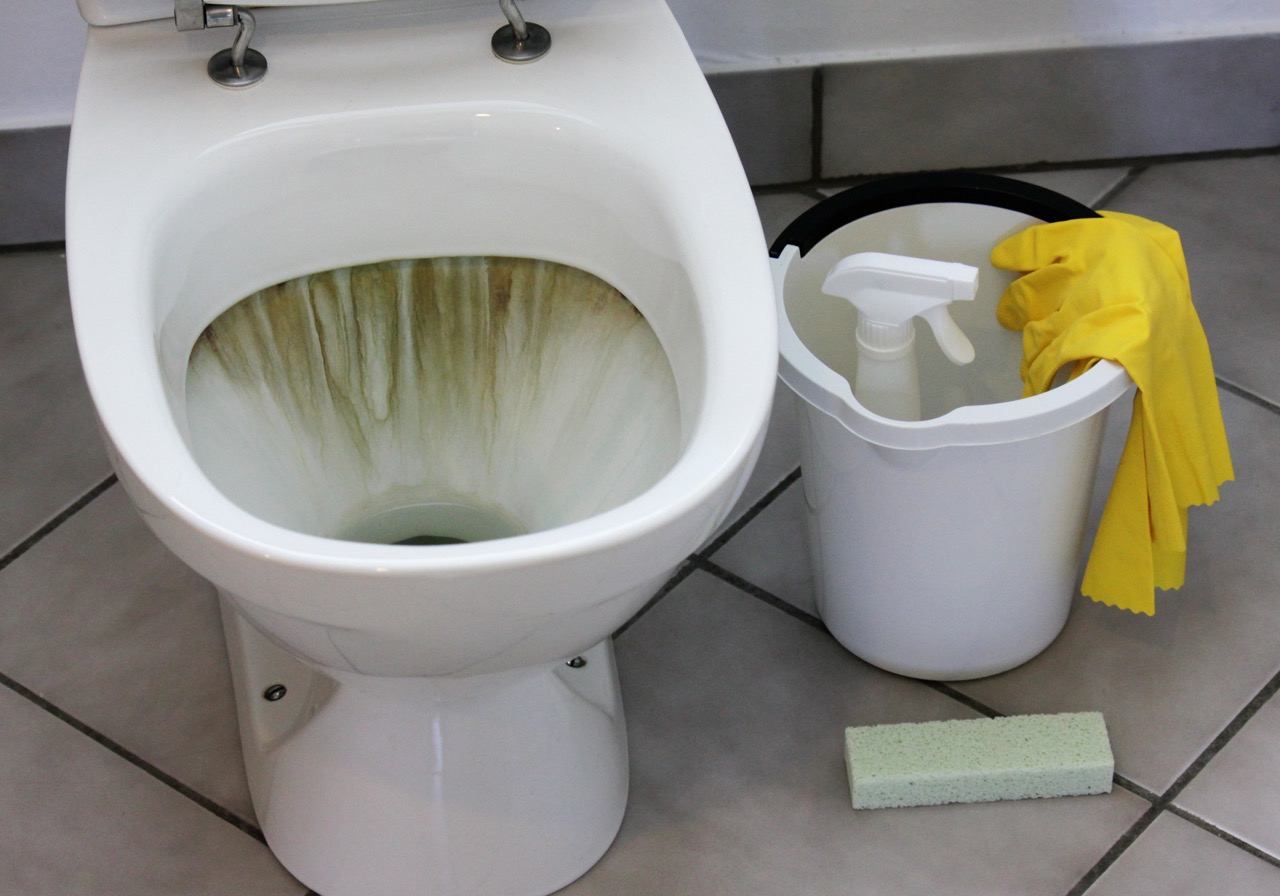
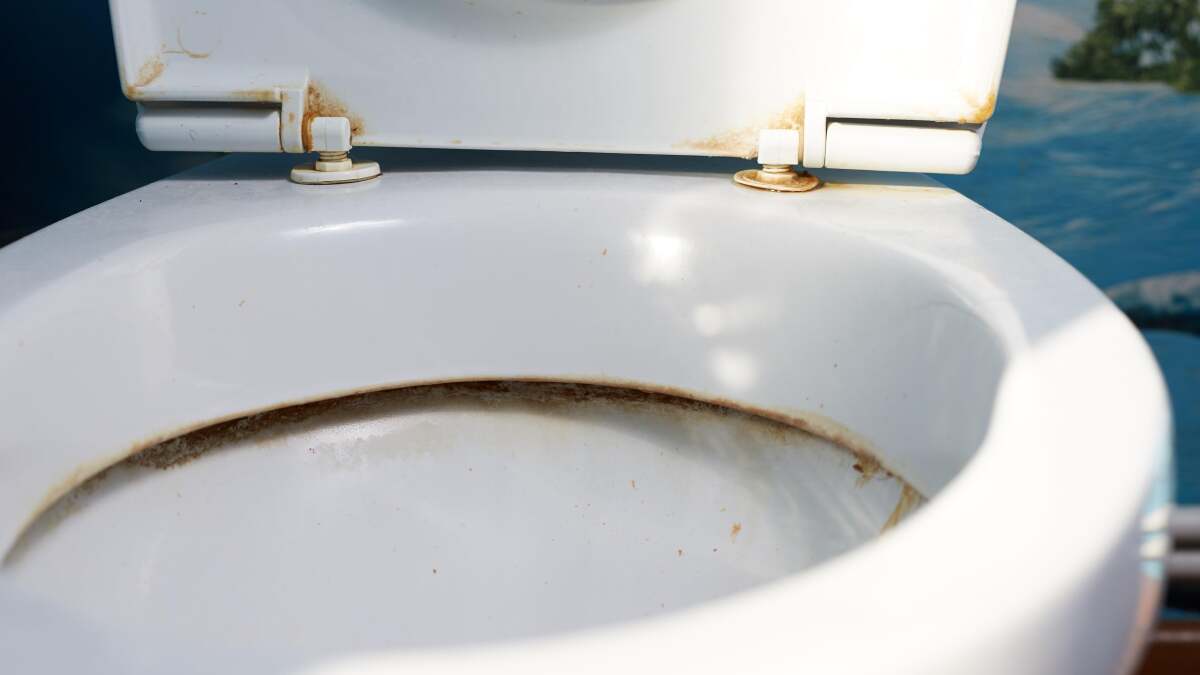

0 thoughts on “What Causes Black Ring In Toilet Bowl”